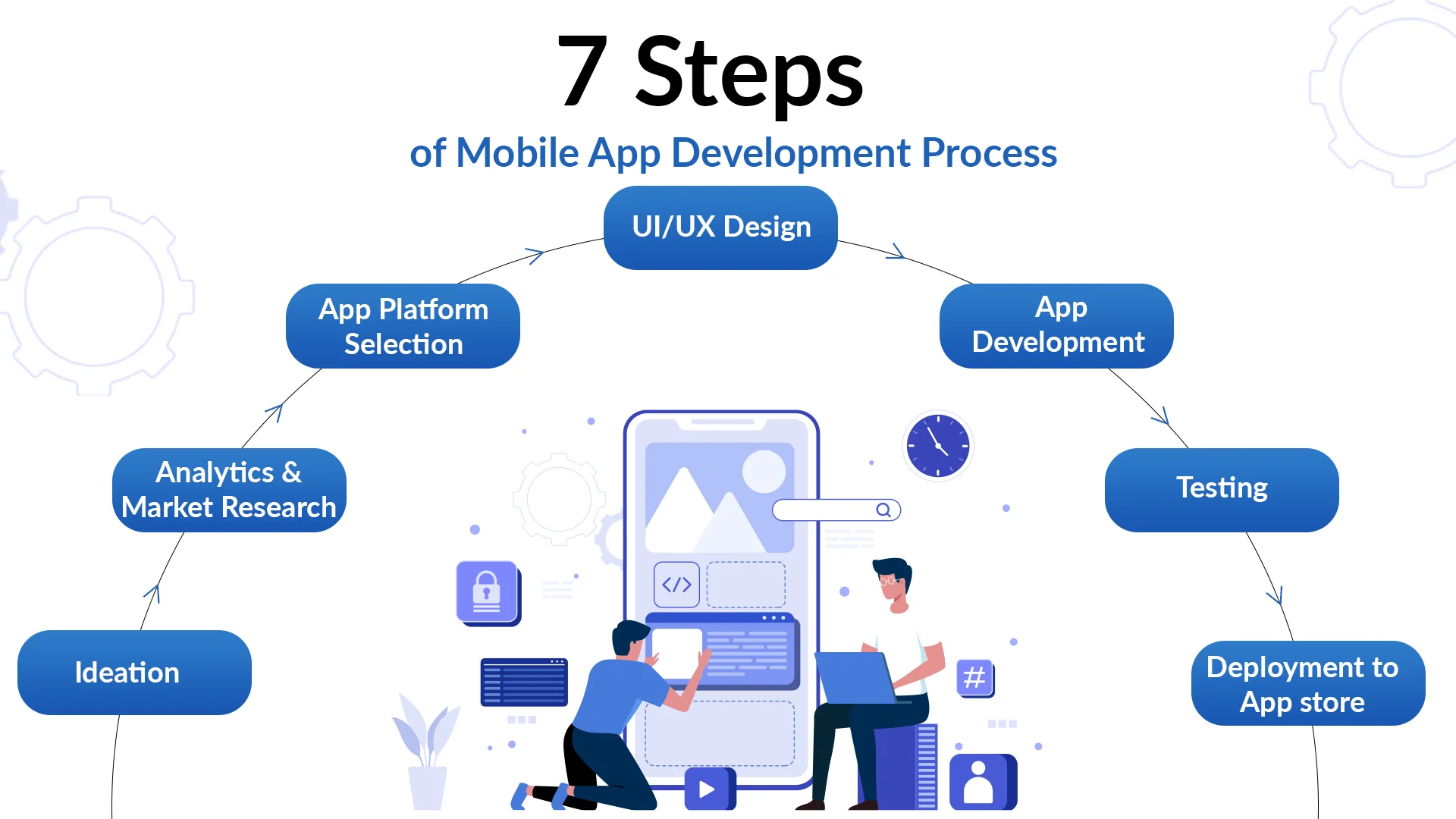¶ Section 1: Fundamental Tools in Android Development
Android development involves creating applications for devices running on Android, the world’s most widely used mobile operating system, developed by Google. As an open source platform, Android provides developers with the flexibility to build custom applications tailored to diverse use cases and user needs.
¶ What is Android?
Android is an open-source, Linux-based operating system for smartphones, tablets, and other devices. With a large, active developer community, Android enables robust innovation in mobile application development. Google supports Android development through an extensive suite of tools, libraries, and APIs, making it easier for developers to create, test, and deploy apps on a global scale.
One of the platform’s biggest advantages is access to the Google Play Store, which is the primary marketplace for distributing Android apps. With over 2.5 billion monthly active devices worldwide, publishing on the Play Store offers developers massive reach and monetization opportunities.
¶ Key Features of Android
1. Open Source: Android’s open-source nature means that developers can modify and adapt the OS to meet unique needs. This flexibility has led to widespread adoption and various custom Android versions for different devices.
2. Java and Kotlin: The primary languages for Android development are Java and Kotlin. Kotlin, an official language for Android, is modern and expressive, making it easier and more efficient for developers to write concise and error-free code.
3. UI Components: Android offers a variety of built-in UI components such as buttons, text fields, and image views. Developers can use these components to create interactive, visually appealing applications.
4. Frameworks and Libraries: Android development is supported by various frameworks and libraries that enhance functionality and simplify coding.
Examples :-include Retrofit for networking, Glide for image loading, and Firebase for backend services.
5. Compatibility Across Devices: Android’s flexible framework allows apps to run on devices with different screen sizes, resolutions, and hardware configurations. This adaptability ensures that Android apps work seamlessly across various brands and device types.
¶ Core Tools for Android Development
.webp)
- Android Studio: The official IDE (Integrated Development Environment) for Android development, Android Studio, offers powerful code editing, debugging, and testing tools. With features like live layout previews and code refactoring, it helps developers create efficient, high-quality applications.
- Android SDK: The Android Software Development Kit (SDK) contains essential tools, libraries, and documentation for Android app development. The SDK also includes emulators to test apps on virtual devices.
- Firebase: A suite of cloud-based tools provided by Google, Firebase offers developers back-end support for features like authentication, database management, analytics, and push notifications. It integrates seamlessly with Android apps, helping developers enhance functionality without extensive server side coding.
¶ Steps in Android Development

1. Ideation: Begin with a clear idea of the app’s purpose, features
2. Market Research: Ensure that there is market for your product & you have clarity on the target audience. This ensures that development remains focused and efficient.
3. App Platform Selection: Ensure that adoption of the product is more if it is done on Android. Check others options like Web Apps, iOS Apps etc with Pros & Cons.
4. UI/UX Design: Creating user-friendly interfaces is critical. Android offers tools like XML layout files and Material Design guidelines to help create consistent, intuitive designs.
5. Coding and Implementation: Write the core application code, including the business logic, using Java or Kotlin. Android Studio and libraries help simplify this process.
6. Testing: Testing is crucial to identify and fix bugs before the app goes live. Android Studio offers built-in emulators and testing tools to simulate various devices and conditions.
7. Deployment and Maintenance: After final testing, the app can be published on the Google Play Store. Android’s support for regular updates allows developers to improve features and fix bugs even after the app is live.